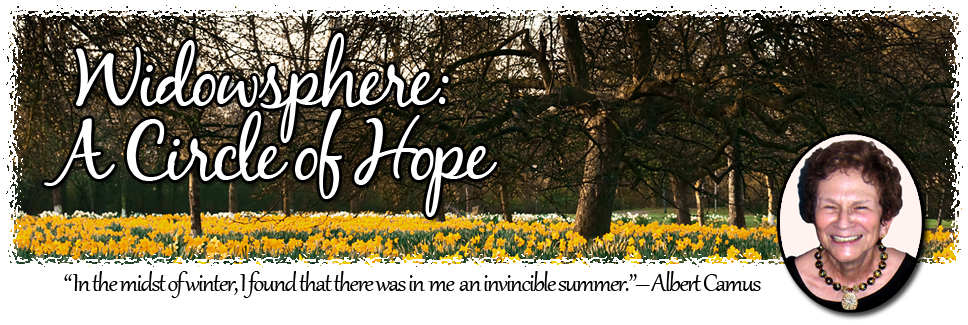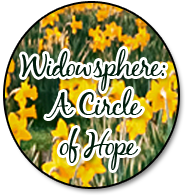
Today I'm interviewing author and friend, Margaret Anderson. She's well-known in Houston for teaching consensus-building, both at Rice University's Glasscock School of Continuing Education and as a consultant to congregations and corporations. Her book, Bridges to Consensus, gives readers the benefit of her experience in this field and, most importantly, presents them with skills they can use as they deal with co-workers, committees, family relationships, editor/agent relationsl...just about anywhere there's interaction with others.
Tell us about your background. How did you get interested in helping others get to consensus?
I've long wanted to teach--not to teach a captive audience of kids taking a required course, but rather adults who really want the material. I held that in the back of my mind as something to do if I found a topic that really grabbed me. Meanwhile, I began voraciously learning better consensus skills to help me at work. As I gained proficiency, I found these skills so life enhancing that I wanted to share them. Consensus skills grabbed me as my perfect teaching topic, and now training and consulting on those skills are my much-loved full-time profession.
What prompted you to write the book?
Several people had advised me that the best thing I could do for my training and consulting business was to write a book. I knew I could only take pride in the book if I gave it a unique slant. So, again, I held the thought until I developed a way to do that. In time, I hit upon two unique aspects that would make my book as effective as I envisioned. First, I included a number of detailed sample dialogues and arranged them in tables with the characters' statements running down one column and the skill-user's thought process side-by-side in another column. This helps readers see realistic examples of how they can actually use the skills. All my critiquing partners loved this approach. Second, I decided to focus on applications of the skills to faith communities. My title is Bridges to Consensus--in Congregations.
Your book is directed to congregations. Why did you choose that focus?
I chose it because of the need. In training and consulting to congregational groups and clergy, saw people who are trying to do good in the world, and knew they could do it better, easier and faster with these skills. Even in commercial environments, consensus skills usually work better than the command-and-control paradigm, but in congregations and other non-profits, these skills are even more important because non-profits rely heavily on volunteers. If volunteers don't like the way their concerns are dealt with (or not), they can vote with their feet much more easily than paid employees.
Do the techniques you suggest work as well in other situations?
Absolutely. I teach essentially the same skills in corporate groups, professional organizations, and my Rice Continuing Studies class, and I've used them myself with everyone from co-workers to family and friends.
I loved your “What would Spiderman do?” technique. Talk a little about that.
Great question. Sometimes a group leader tells the others to "think out of the box." Even when working alone, we tell ourselves we need to get more creative. But those directives are too general. When we hear them from ourselves or others, we tend to draw a blank. One technique I advise for creativity is to ask a very specific, but fanciful, question. You can take the template, "What would _______ do?" and fill the blank with anyone who is very different from yourself, such as Spiderman. The fanciful question draws fanciful, often silly, answers, which puts them out of the box.
For example, suppose I'm confronted by an angry individual accusing me of not doing my share of committee work? I want to stand up for myself, but I also want to calm the other person and remain on good terms. But this angry outburst came out of the blue, and I don't know how to respond. I can ask myself what Spiderman (or Dora the Explorer, or my grandmother) would do in my situation? One answer: Spidey could shoot a web high into the rafters, swing himself up there, and wait, watch and listen.
Now, this answer is silly in that I can't really shoot webs to the rafter and swing myself up. This idea won't work as is. But now I ask myself what is the workable part of Spidey's approach that I can use? I call this the Kernel of Goodness. My answer to this follow-up question might be the idea of getting myself above the fray rather than reacting knee-jerk to the other person. Like Spiderman, I can wait, watch and listen to the other person until either he calms down on his own, or his words inspire me to a response that feels right to me.
Tell us about the publishing process.
Oh, wow, there's so much to say about this. Because I already had a business platform from which to promote the book, I decided to self publish through a POD company. This allowed me to see print in months, rather than years, and to maintain complete editorial control.
As publisher, I chose createspace, which is affiliated with Amazon. They have many services, and an author can decide how much or how little to use. For example, I did not use their editing services because I had such good critiquing partners. However, I did use their designers for both the book interior and the cover. I love the little bridge motif at the beginning of each chapter. It ties in with my title Bridges to Consensus--in Congregations. I sent them a photo I liked for the cover, and they took it from there to create a beautiful complete design. They provided many proofs and opportunities for me to give feedback along the way, and once I accepted the final proof, they listed the book on its own page in their estore, and on Amazon, with the "look inside" feature. We're now working on the Kindle conversion.
One of the best things about createspace is that, though you pay up front, you get reasonable royalties down the road. My original package cost about $750; then I paid about $700 more for the special formatting required by my tables. I now earn about $6 some odd per book sold, a little more for books purchased from the estore.
I really liked the one-stop convenience. They took care of the ISBN and LCCN numbers and getting me up on Amazon. And there are more optional services I can buy if and when I wish, such as bookmarks, postcards, and sell sheets.
How are you publicizing the book? Emphasis on social media is really hot among writers now. Are you relying on social media to get the word out about your book?
Taking the advice I offer in the book, I keep my ultimate objective--using the book to promote my training courses and consulting services--in mind. I want to be sure that my promotion strategy is well-thought-out and efficient. That said, I'm doing several things hand-in-hand. First, I am using the fact that I'm the author of Bridges to Consensus--in Congregations when I seek training and speaking engagements for congregations and other religious organizations. Where permitted, I sell back-of-the-room after these events, so the book sales and appearances help to promote one another.
I am also using the internet to research congregations that are most likely to be receptive and sending direct, personalized email announcements about the publication to clergy and key lay leaders in these organizations. So far, I'm seeing a decent number of book sales as cold contacts go. Another objective here is to get a better read on whether I should target mostly clergy, mostly lay leaders, or both in my social media marketing.
I'm reading The Zen of Social Media Marketing by Shama Hyder Kabani to help me develop an efficient long-range social media strategy as I gain info on the best target audience for my topic. That could make a big difference in how much time I put into which media.
Anything else you’d like to tell us.
If your readers would like to see the createspace design work I've described above, I'd encourage them to "look inside" my book on Amazon. Just search for Bridges to Consensus--in Congregations, or paste the following into your browser: http://www.amazon.com/Bridges-Consensus-Congregations-Margaret-Anderson/dp/1453793011/ref=sr_1_1?ie=UTF8&qid=1312567968&sr=8-1
If they would like to see what a createspace estore page looks like, go to: https://www.createspace.com/3480463
And I'd be proud and pleased if they would visit my own website: www.persuasioncoach.com/nonprofit
Most of all, thanks for this opportunity to talk about the most exciting thing happening in my life right now.
Thanks, TZ














0 comments:
Post a Comment